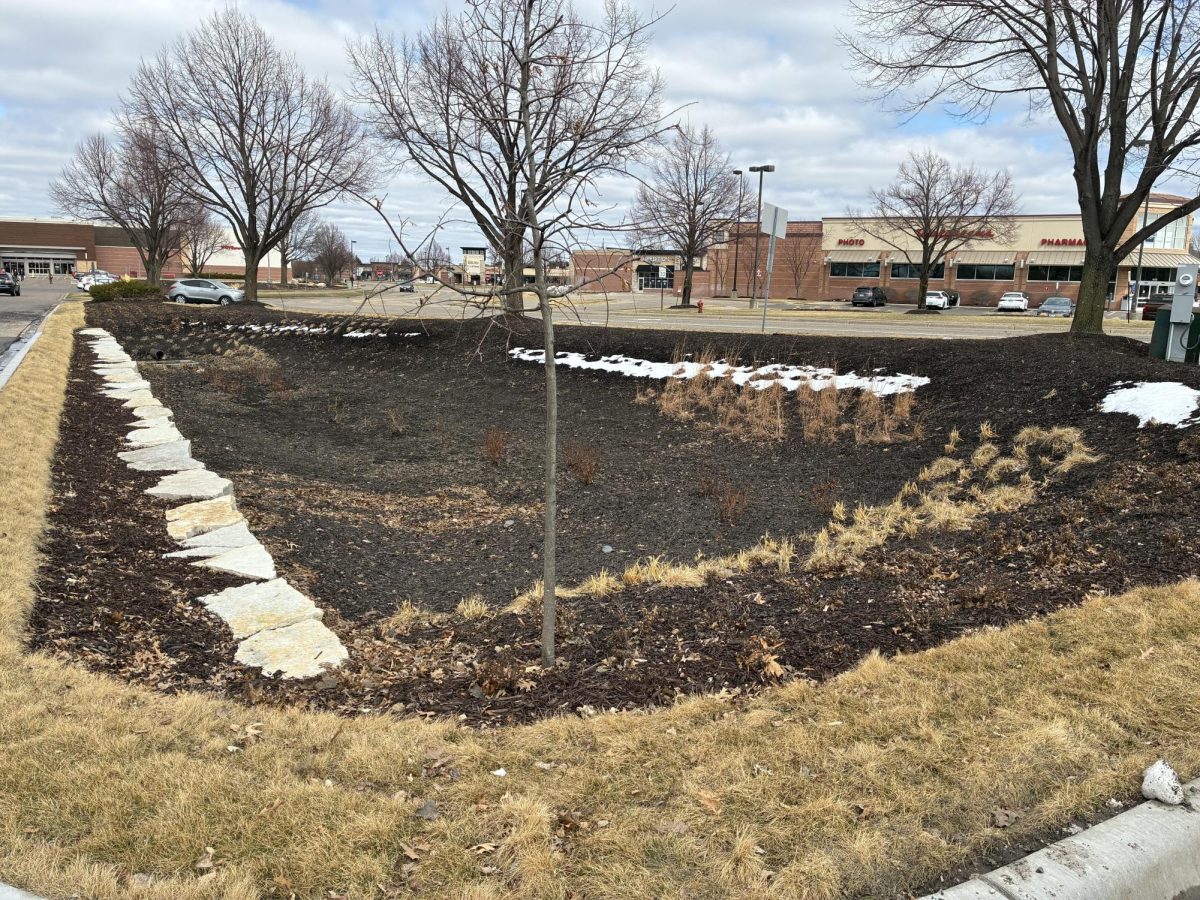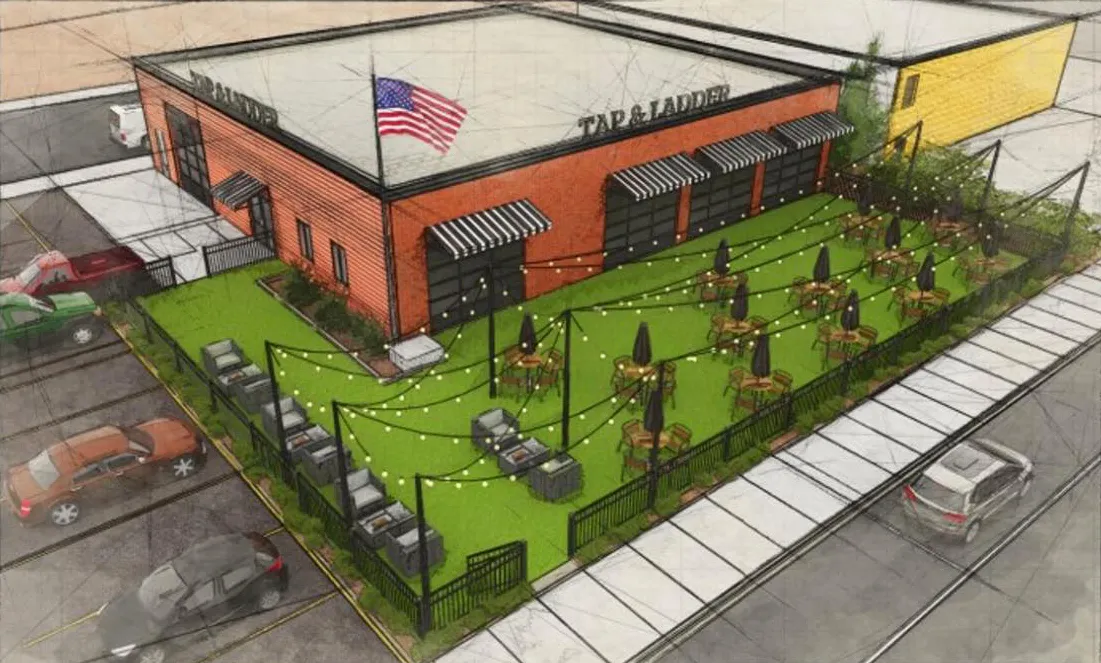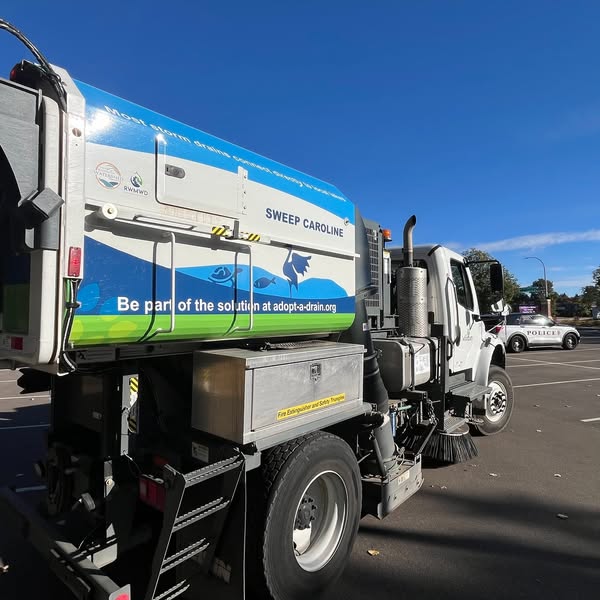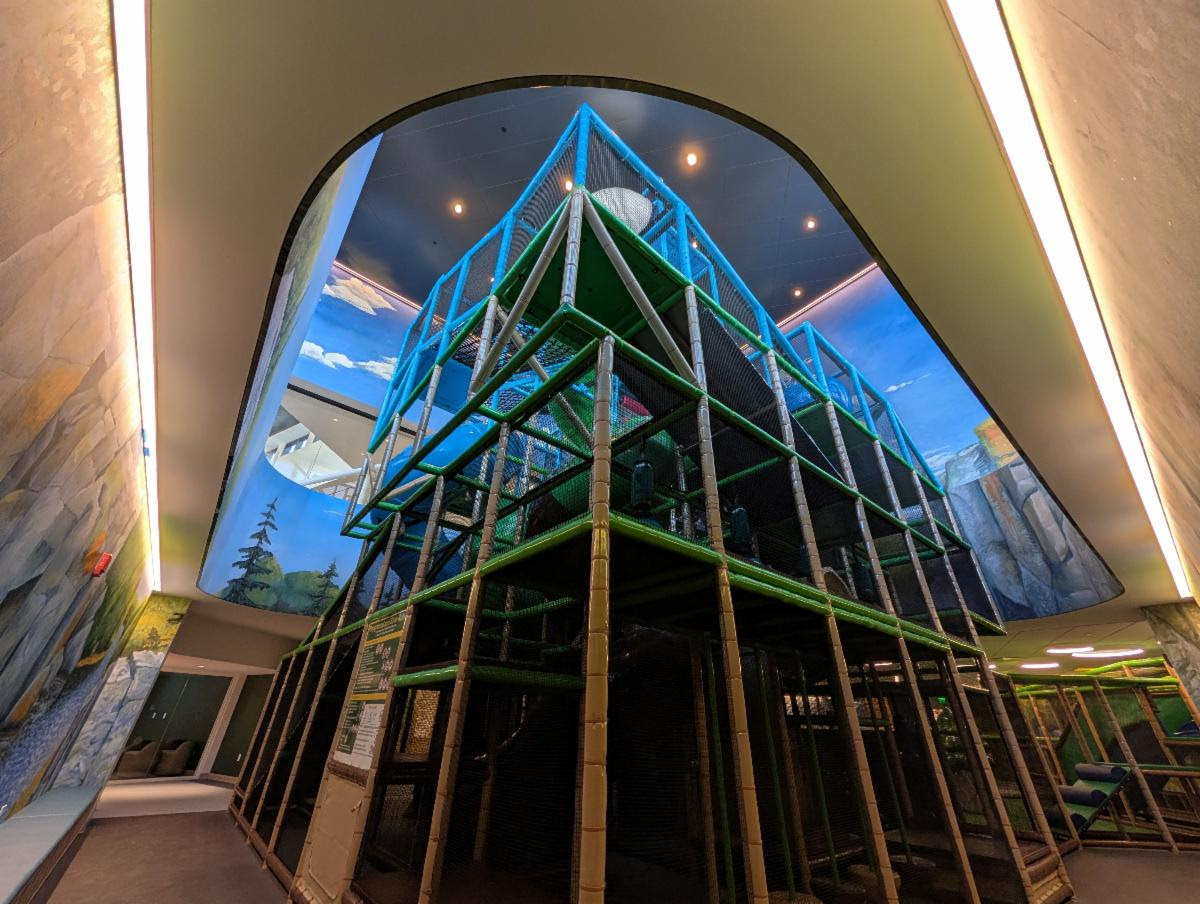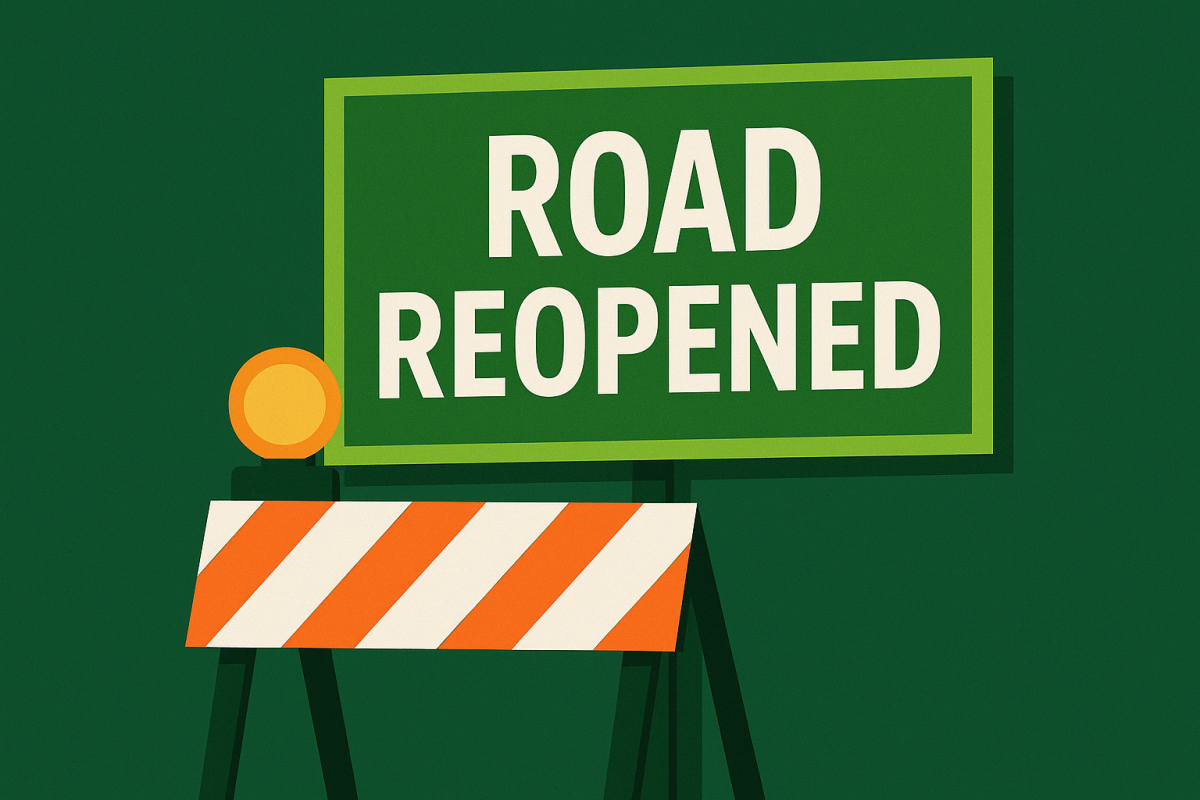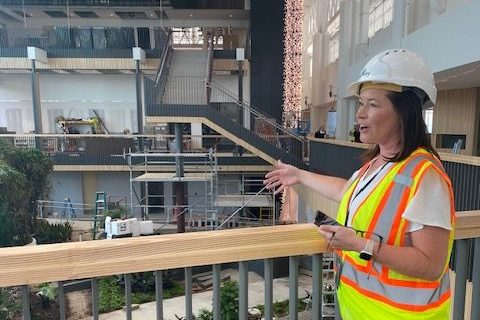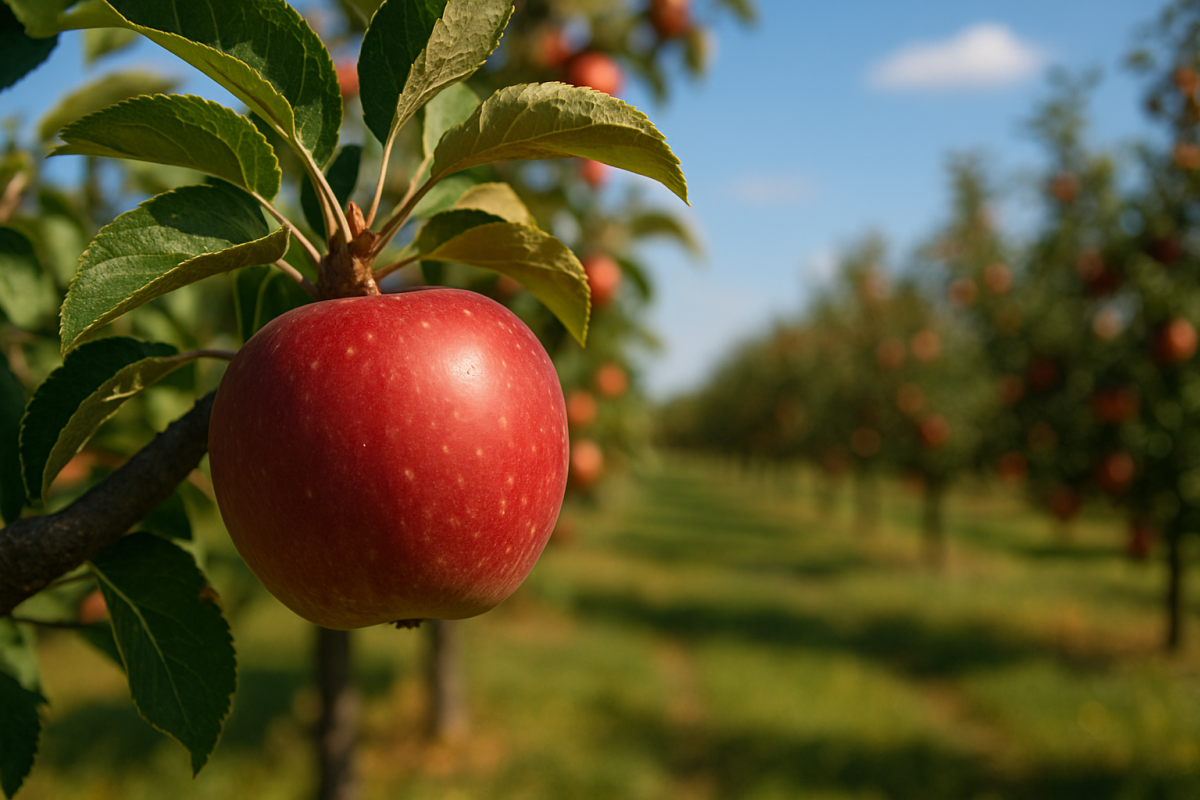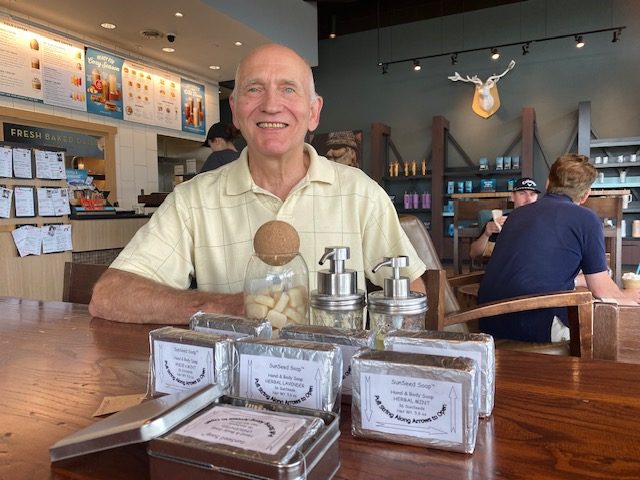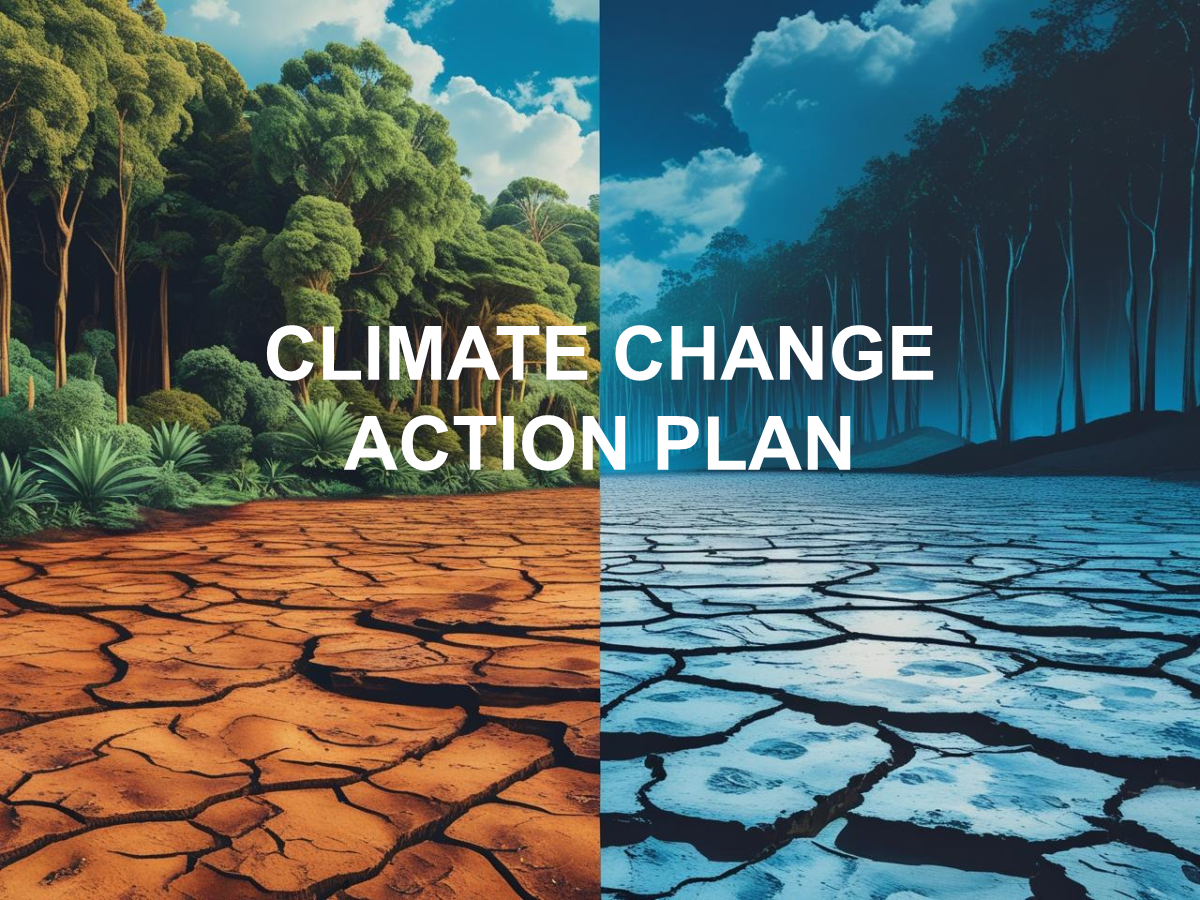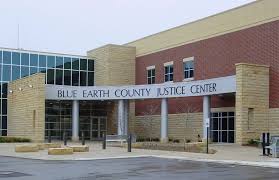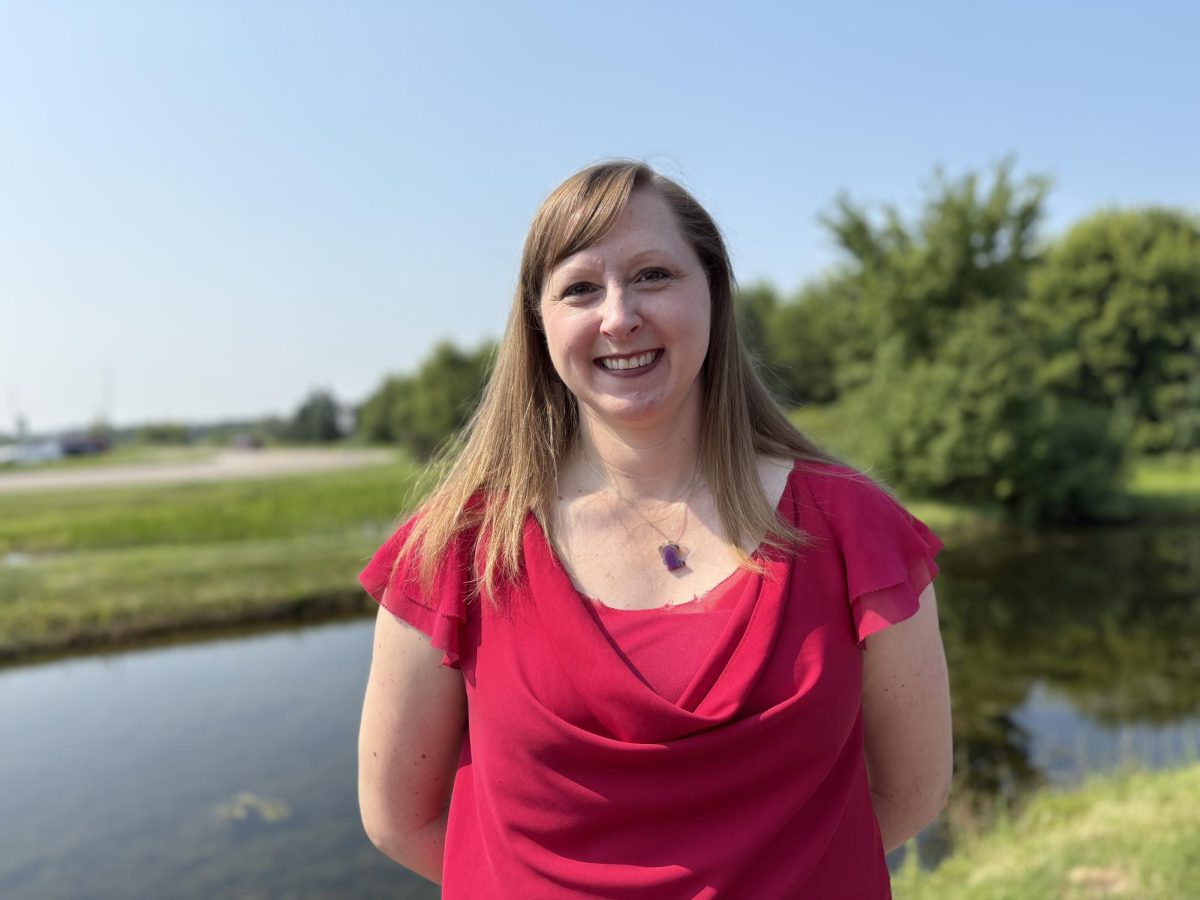WOODBURY, MN (WNN) – When an inch of rain falls in Woodbury, where does it go?
That might sound like a party game question, some kind of philosophical brain teaser or even part of a geography quiz. But for Kristin Seaman, environmental resources coordinator for the City of Woodbury and Paige Ahlborg, assistant administrator with the Ramsey-Washington Metro Watershed District, it’s a very serious question. It’s at the heart of what they and many others do to protect the quality of surface and groundwater in the Woodbury area. And it’s just the start.
Does that inch of rain seep into the ground, get filtered through layers of soil and rock and become the fresh groundwater we drink?
Does it run off of paved surfaces, carrying dirt, debris and chemicals, and into storm drains that empty into the Mississippi River or tributaries, making them less hospitable for fish, wildlife or people?
Or does that inch, when it’s quickly followed by many other inches, become a flash flood that washes away roads or buildings?
Those are the kinds of questions water resource managers like Seaman and Ahlborg, and their many public and private partners, wrestle with every day. Guiding their work are the stormwater management plans which are like the blueprints for building a house. One of the most important tools they have in their toolbox to implement those plans are stormwater ponds or filtration projects and rain gardens.
Stormwater Design
A stormwater project is designed to collect a certain volume of water from a given area, generally used in conjunction with developments that create large areas of impervious surface or change the flow of water. Rain gardens do much the same thing, but on a much smaller scale.
Amidst the seemingly endless expanses of housing development in Woodbury, with their miles of streets and walking paths, or the huge tracts of retail or warehouse developments, with acres of impervious parking surfaces, you might not see the stormwater management structure at first, but it’s there. Increasingly, stormwater ponds, filtration projects, tree trenches and rain gardens are being installed with development to help manage the flow of rainwater that falls on and near them. This practice is in keeping with the city’s 2024 Environmental Stewardship Plan and roadmap, which lay out a goal of increasing the city’s efforts to protect water resources.

Stormwater Projects in 2023-2024
In 2023 four new stormwater projects were constructed, according to Seaman. In 2024, 17 new stormwater projects were constructed. A combination of factors determine how many projects are done in a given year, including the number of development applications, but Seaman said she anticipates 20-25 projects in 2025.
“Stormwater projects are designed to protect and improve downstream waterbodies. For example, when the city constructs a new trail, we need to provide treatment so the added imperviousness does not negatively impact our lakes and wetlands,” Seaman said.
She highlighted four of the projects completed in 2024:
- At Eagle Valley Golf Course, the city installed two tree trenches within the parking lot as part of the parking lot replacement project. This project was also supported and driven by 3M settlement funding and Water Treatment Plant and Pipelines stormwater requirements.
- A filtration basin was constructed south of Courtly Road, between Copper Cliff Trail and Cobble Hill Drive. The basin provides stormwater quality treatment after the addition of the trail on Lake Road.
- Numerous rain gardens were installed as part of the Royal Oaks Roadway Rehabilitation project (2023-2024), including two basins at Chippewa Park. This project includes rain gardens that collect runoff from adjacent roads and will be maintained by city staff and residents over the long term.
- As part of the development of Hasenbank Park, along St. John’s Drive, east of Powers Lake, the city and South Washington Watershed District collaborated to install three infiltration basins. The basins will harness the filtration capacity of the underlying soil and evapotranspiration capacity of deep rooted, native vegetation to treat stormwater from Fish Lake before it can reach Powers Lake. Fish Lake collects stormwater runoff from much of the Powers Lake watershed, including the Dancing Waters development. Large scale treatment will help protect Powers Lake from ongoing degradation due to excess nutrients which can lead to increased algae growth and salt pollution. More information on this major park development project can be found on the South Washington Watershed website: https://swwdmn.gov/projects/
In addition to the city’s projects, Ramsey-Washington Metro Watershed District (RWMWD) also completed a rain garden project at the Valley Creek Plaza Target parking lot in Woodbury. This project was one of three similar projects done in collaboration with other Target stores in the district, one in North St. Paul and one in east St. Paul on Suburban Avenue.
Valley Creek Plaza Target Project
The Valley Creek Plaza Target project installed two rain gardens to help filter rainwater off the parking lot. As part of these projects, RWMWD looks for opportunities to reduce the size of the area covered by pavement. The North St. Paul and East St. Paul stores were able to convert 80 parking stalls into rain garden areas. Eight stalls were removed at the Valley Creek Plaza Target to allow for an expanded rain garden.The area is very busy overall, Ahlborg noted, with nearby businesses, such as Starbucks and Potbelly, sharing the parking lot.
“We were happy they (Target) were able to give up those spots,” Ahlborg said. “When it comes to protecting water resources, every little bit helps,” she added.
Seaman echoed those sentiments and noted that projects are tailored to the size of the corresponding development.
“With development projects, we design systems commensurate with the size of the impact or improvement to the landscape,” Seaman said. “This is done through modeling and calculations approved by the industry. It’s been proven that most of the contaminants off a landscape are transported with the first 1.1 inches of rainfall. The water quality requirement starts there: what size does a stormwater project need to be to capture and treat 1.1 inches off of new impervious surfaces? After that, we also look at flood storage: how much and how fast water is leaving a site? We do this by evaluating what we call ‘design storms.’ All new developments are required to retain the 100-year design storm.”
In other words, new developments must be able to hold the amount of water that would fall in a “100-year storm,” which has a 1% chance of occurring in any year, Seaman explained. The amount is calculated by the National Oceanic and Atmospheric Administration (NOAA) and was updated in 2014, based on recent climate change data. “We’re expecting to receive a new update in the near future,” Seaman said.
Stormwater management and protecting water quality aren’t limited to new, large-scale or commercial development, though. In fact, Seaman said, it’s just as important for individuals to support water quality as it is for large entities like cities or corporations.
“At an individual level, homeowners can receive grant funding to help treat water on their property through construction of rain gardens, which supports water quality downstream (in addition to providing habitat for pollinators),” she said. “Another way for individuals to support water quality downstream is to ‘adopt a drain’ and keep a storm drain nearby clear of leaves and debris. The Adopt-a-Drain program functions together with the city’s Enhanced Street Sweeping Program: by clearing drains in-between sweepings, community members can help keep excess nutrients out of our surface water system.”
More Information
More information on surface water management and stormwater management can be found on the city’s website, as well as information on the 2024 Environmental Stewardship Plan and 2025-26 Road Map.

